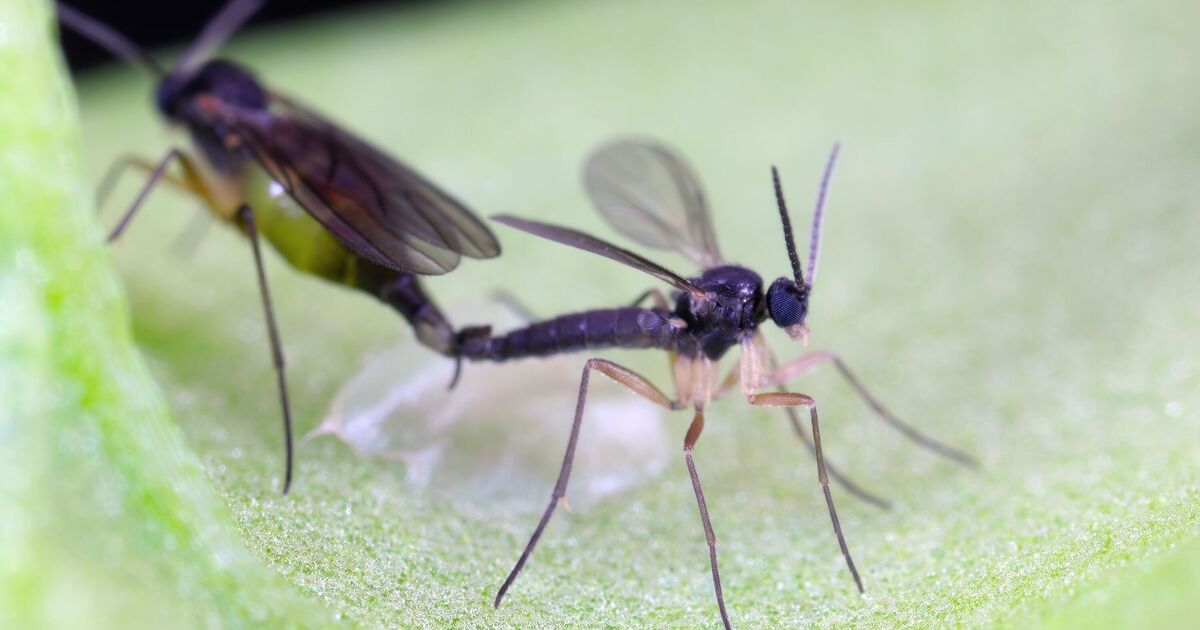Flies buzzing around your houseplants aren’t just a nuisance – they often signal persistent underlying issues. It’s relatively easy to spot the presence of fungus gnats on your plants, and these flies can soon become a bigger problem in your home if ignored.
These small, slow-moving insects tend to hover near the soil surface, laying eggs that hatch into larvae if the environment is right. Warm, moist conditions create the perfect breeding ground for these pests, turning your greenery into their own haven. Once the larvae emerge, they feed on organic matter in the soil, and in some cases, may even damage plant roots, especially in younger plants.
That’s why an expert has shared some watering tips that can be helpful if your focus is on getting rid of them, or at the very least reducing their numbers if they’ve already swarmed you.
According to gardening and plants expert Calum Maddock at HomeHow.co.uk, one of the most effective ways to disrupt their environment is to simply “keep the top couple of inches of your plant’s soil dry.”
Fungus gnats are attracted to constantly moist conditions, so allowing the surface layer of soil to dry out makes it far less appealing to them.
However, before implementing this particular option, it’s important to ensure that the plant will tolerate that level of soil dryness.
The second change targets the problem at its source. Instead of watering from the top, “set your plant in a container or saucer of water when it looks like it needs a drink.”
This method ensures the moisture reaches the roots without soaking the upper soil, making it less hospitable to egg-laying gnats.
After about 20–30 minutes, always “discard any water from the container that has not been absorbed by the plant.”
When trying this approach, it’s important to avoid leaving the pot sitting in standing water, which can create new issues.

